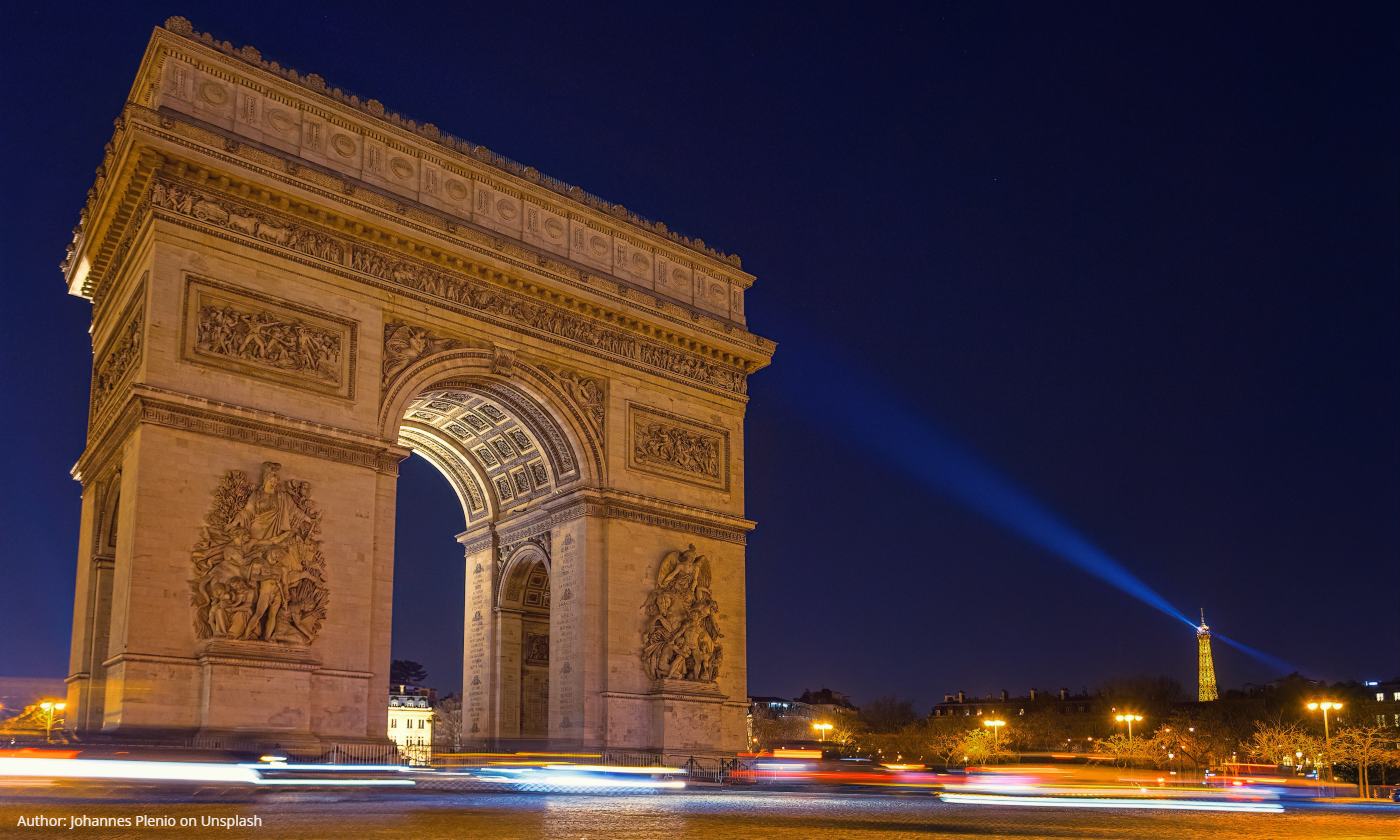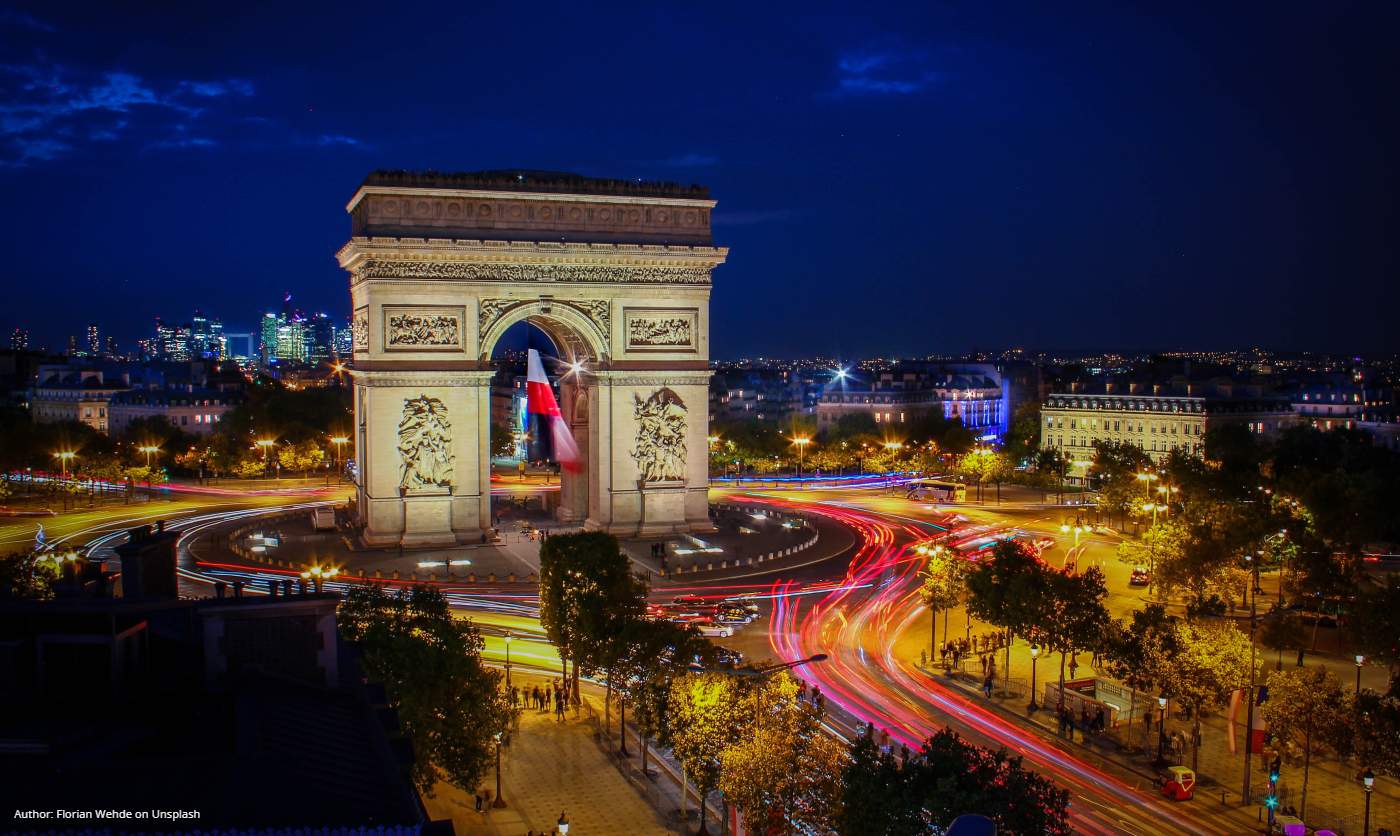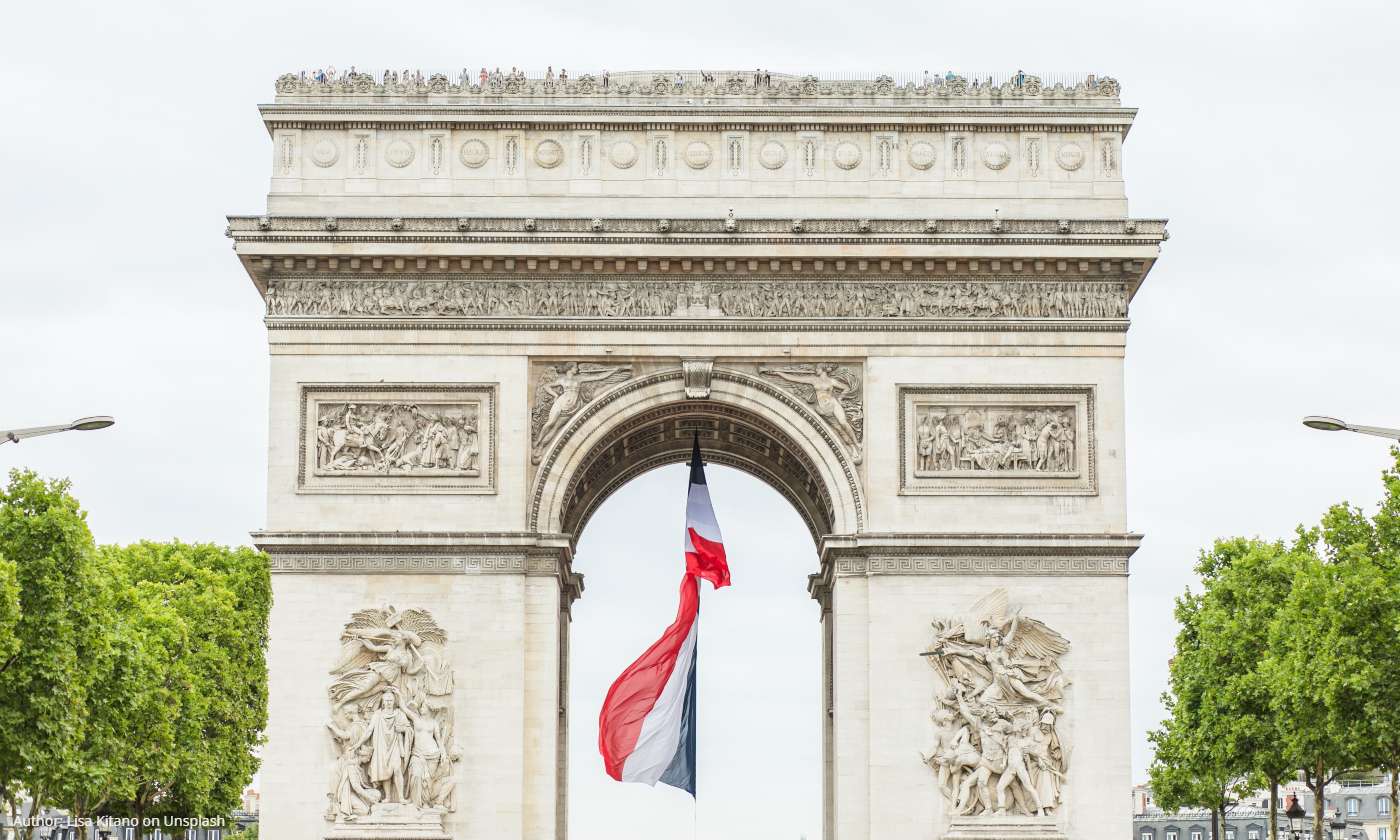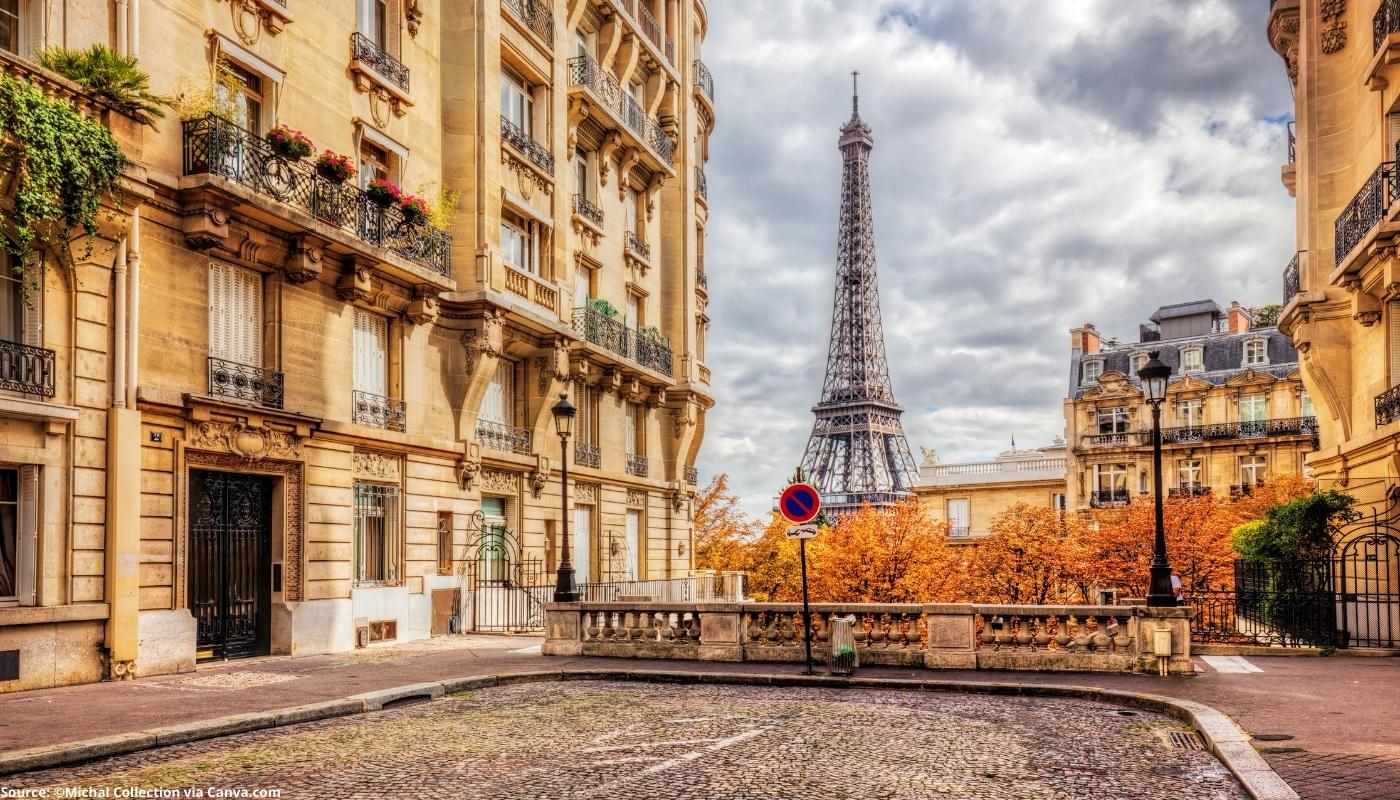Louvre - the most important information
Located on the right bank of the Seine, this cultural monument is France's most visited museum. It houses some of the most intriguing works of art and attracts attention with its pyramid-shaped building. With its fair share of controversies and immense cultural influence, this museum should be on your bucket list.
About the Louvre
Originally built as a fortress, it became a royal palace in the 16th century and today serves as a national museum with an impressive collection dating back to ancient civilizations. It stopped being a palace once the royal residence got moved to the Palace of Versailles. One of its symbols, the Louvre Pyramid designed by architect I. M. Pei, serves as the main entrance to the museum. The history of the Louvre Museum is long and intriguing, and here are some of the details we love:
About the Louvre
Originally built as a fortress, it became a royal palace in the 16th century and today serves as a national museum with an impressive collection dating back to ancient civilizations. It stopped being a palace once the royal residence got moved to the Palace of Versailles. One of its symbols, the Louvre Pyramid designed by architect I. M. Pei, serves as the main entrance to the museum. The history of the Louvre Museum is long and intriguing, and here are some of the details we love:
- Abu Dhabi is the only other location in the world with its own Louvre since 2017. It's dedicated to art and civilization and represents a 30-year long partnership between these two countries.
- It is believed that around 20.000 people see Mona Lisa every day, making her the most famous piece in the museum.
- Do you believe in ghosts? The legends say that an Egyptian mummy called Belphegor, and the henchmen of French Queen Catherine de Medicis, Jack the Skinner, haunt the Louvre halls 'till this very day.
- Copycats are welcome! For real, the Louvre opens its doors to skilled artists every year, from September to June, and gives them a 90-day chance to work on their copies of famous artworks displayed in the galleries. After they're done, if they pass strict criteria and follow all the rules, they'll get an official stamp and signature from the head of the Louvre's copy office and can also keep their work.
- About 66% of all the paintings displayed in the Louvre are from French artists.
What to see at the Louvre?
The museum contains around 380.000 objects, displaying 35.000 works of art, covering more than 60.600 square meters. Impressive, isn't it? Sculptures, paintings, drawings, and archaeological finds are divided into eight departments. Near Eastern Antiquities, Egyptian Antiquities, Greek, Etruscan and Roman Antiquities, Sculptures, Decorative Arts, Paintings, Prints, and Drawings, alongside Islamic Art, have a lot to offer. The museum's Galleries are divided into three wings, the Denon, Richelieu, and Sully wings. The most popular Louvre exhibitions are:
The museum contains around 380.000 objects, displaying 35.000 works of art, covering more than 60.600 square meters. Impressive, isn't it? Sculptures, paintings, drawings, and archaeological finds are divided into eight departments. Near Eastern Antiquities, Egyptian Antiquities, Greek, Etruscan and Roman Antiquities, Sculptures, Decorative Arts, Paintings, Prints, and Drawings, alongside Islamic Art, have a lot to offer. The museum's Galleries are divided into three wings, the Denon, Richelieu, and Sully wings. The most popular Louvre exhibitions are:
- Mona Lisa at the Denon wing
- The Dying Slave at the Denon wing: Unfinished work by Michelangelo
- Venus de Milano at the Sully wing: Ancient Greek marble depiction of Aphrodite
- The code of Hammurabi at the Richelieu wing: Basalt slab from the Mesopotamian Civilization
- The Winged Victory Of Samothrace at the Denon wing: Marble carving of Greek Goddess of Victory, Nike, from the Hellenistic period.
Ticket prices and opening hours
- Visitation: The Louver welcomes visitors throughout the week, except on Tuesdays, from 9 am to 6 pm. The last possible entry is at 5 pm, but 30 minutes before closing, the clearance of the rooms starts.
- Tickets: Prices start at 15€ for admission to the museum, and go up to 70€ for a reservation fee for a group of 7-25 people. You can choose a guided tour, with workshops and bonus storytimes for 26€, or get an audio guide for just 5€.
To learn more about specific opening hours during holidays or other tickets, head out to Louvre's official website.
How to get to the Louvre?
You won't have any problems finding the Louvre, whether you decide to go on foot or use public transportation. Louvre's location puts it close to the Seine and other exciting tourist attractions.
How to get to the Louvre?
You won't have any problems finding the Louvre, whether you decide to go on foot or use public transportation. Louvre's location puts it close to the Seine and other exciting tourist attractions.
- By metro: Closest metro stations are Palais-Royal / Musée du Louvre on lines 1 and 7 and Pyramides on line 14.
- By RER: Take RER line A, B, or D to Châtelet–Les Halles from where the museum is just 9 minutes away.
- By bus: Closest bus stops are Louvre Rivoli for bus lines 21, 67, 74, 85, N15, N16; Musée du Louvre for bus lines 39, 95; Palais Royal - Musée du Louvre for bus lines 69, 72, N11, N24.
Location
Learn more about this destination
Discover the beauty of the destination through blogs that highlight the most famous landmarks, hidden gems, and provide travel tips for visiting this destination. Embark on an adventure through the stories of experienced travelers.




























